I am working on a project to switch a spring-applied brake (datasheet, page 84, MCNB 2GR) using a Teensy 3.5.
I only have limited electronics knowledge and am struggling with weird behaviour from the transistor. I have previously asked for some help in this post and have applied the help to create the following circuit:
As opposed to my previous question, I have switched to using a Teensy 3.5 which only supplies 3.3 V as an output on the digital pins.
The idea is to use a Sharp PC817 (datasheet) to isolate the Teensy and the 24 V circuit and then use a 2N3904 (datasheet) to turn on off the 24 V for the brake which is symbolised as R1.
The strange behaviour starts after a few seconds of sending a 3.3 V signal to the opto-isolator. At first the circuit works as expected and the brake turns on and off based on the current state of the output pin. However after some time (probably about 5-10 seconds), the brake doesn't turn off anymore (i.e., it still receives enough power to be in its on-state) when the output pin is turned off. The only way to turn it off is to turn off the 24 V DC power supply.
After some investigation, I found that the transistor gets extremely hot, hot enough to cause burn marks when touching it for less than a second. Considering that the circuit works normally after a little while, I think this issue is transistor related and has some relation to its temperature. I have also taken voltage readings on the transistor and have found the following:
When turned off: E: 0 V, B: 0 V, C: 23.96 V
When just turned on: E: 0.125 V, B: 0.84 V, C: 5.76 V
When turned off after being on 5-10 sec: E: 0.075 V, B: 0.493 V, C: 8.6 V
It seems to me as if the transistor does not completely turn off and still letting enough voltage/current through to keep the electromagnet in the brake engaged.
I am not entirely sure if the temperature is the problem. I am guessing that I may have either chosen the wrong resistance values in my circuit or that maybe the transistor is no good for what I want to do.
Is there a way to fix this without changing the transistor?

